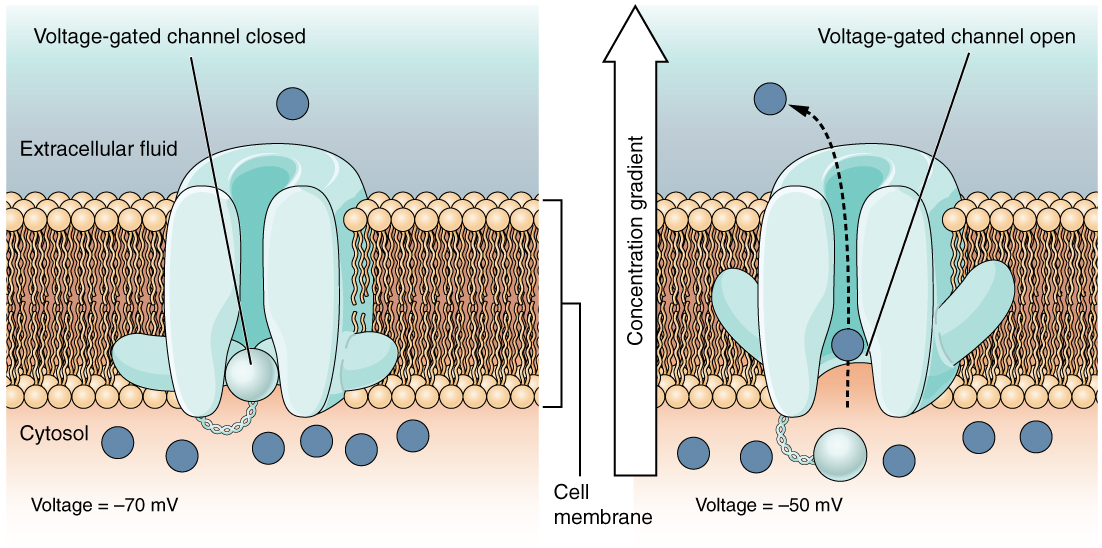Sandbox Reserved 956
From Proteopedia
(Difference between revisions)
| Line 13: | Line 13: | ||
The Isoprene Synthase catalyses the production of isoprene from the substrate dimethylallyl-diphosphate (DMAPP). During the reaction inorganic pyrophosphate is eliminated leading to the reaction products isoprene and inorganic pyrophosphate. The release of the pyrophosphate group leads to the generation of an allylic carbocation which is typical of class I terpenoid synthases [Wendt et al., 1998]. The occuring elimination mechanism is syn-periplanar and the leaving diphpsphate group acts as general base. The characteristic DDXXD-sequence motif of class I terpenoid synthases that binds to the diphosphate leaving group via Mg2+-ions facilitates the release of the pyrophosphate group. | The Isoprene Synthase catalyses the production of isoprene from the substrate dimethylallyl-diphosphate (DMAPP). During the reaction inorganic pyrophosphate is eliminated leading to the reaction products isoprene and inorganic pyrophosphate. The release of the pyrophosphate group leads to the generation of an allylic carbocation which is typical of class I terpenoid synthases [Wendt et al., 1998]. The occuring elimination mechanism is syn-periplanar and the leaving diphpsphate group acts as general base. The characteristic DDXXD-sequence motif of class I terpenoid synthases that binds to the diphosphate leaving group via Mg2+-ions facilitates the release of the pyrophosphate group. | ||
[[Image:Example.jpg]] | [[Image:Example.jpg]] | ||
| + | |||
== Structure == | == Structure == | ||
| + | The hydrophobic active site pocket has a higher affinity towards a 5-carbon substrate rather than to a 10-carbon complex and Van der Waals interactions take place with DMASPP and the isoprenoid moiety of the active site on F338, V341 and F485. | ||
| + | PcISPS remains in the open conformation while being in the DMASPP complex as it can be seen on figure X. | ||
| + | [[Image:Example.jpg]] | ||
| + | It was suggested that the diphosphate leaving group itself serves as the general base. So a syn-periplanar elimination reaction was suggested with the development of an intermediate carbocation, which lead to the assumption that the isoprene generation is catalyzed by a substrate-assisted mechanism. | ||
| + | PcISPS was found to be monomeric in crystallization, but it would be unusual to exhibit positive cooperativety for a monomeric enzyme like it was found to show up. There was evidence, that this cooperativity results from dimeric quarternary structure, where C-terminal catalytic domains interact to form an isologous dimer. | ||
== Cofactors == | == Cofactors == | ||
| + | For isoprene synthesis, several mechanisms and metal-binding motifs play an essential role. Metal-binding motifs were found to be conserved like the “aspartate-rich” motif D345DXXD. These metal ions like Mg2+ or Mn2+ are essential for DMAPP diphosphate to be released. | ||
| + | PcISPS in fact is the first terpenoid synthase to show up metal binding motifs of terpenoid cyclases. These metal binding motifs have the ability to interact with a trinuclear Mg cluster in complex with DMASPP. As can be seen on figure X Mg2+A binds fully while B and C bind less. This can be considered to be because of structural geometry in this binding being less good. | ||
| + | [[Image:Example.jpg]] | ||
| + | The PcISPS-DMASPP complex doesn’t show significant conformational changes in regard to the single PcISPS. In addition to interactions with metal ions, the diphosphate group also accepts hydrogen bonds from R486 and N489. One (monomer A) or two (monomer B) oxygen atoms and D345 also coordinate Mg2+B and Mg2+A. | ||
== Biological Relevance == | == Biological Relevance == | ||
| + | The interest in the isoprene synthase and especially the mechanism of this enzyme is based on the aim to develop carbon fuels in bioreactors that do not rest upon a petrochemical process. Isoprene can so make up a somehow “greener” source for rubber and plastic products and also for structure-based engineering of terpenoid synthase function to make it acessable to a huge amount of biotechnological applications, named above. | ||
This is a sample scene created with SAT to <scene name="/12/3456/Sample/1">color</scene> by Group, and another to make <scene name="/12/3456/Sample/2">a transparent representation</scene> of the protein. You can make your own scenes on SAT starting from scratch or loading and editing one of these sample scenes. | This is a sample scene created with SAT to <scene name="/12/3456/Sample/1">color</scene> by Group, and another to make <scene name="/12/3456/Sample/2">a transparent representation</scene> of the protein. You can make your own scenes on SAT starting from scratch or loading and editing one of these sample scenes. | ||
Current revision
| This Sandbox is Reserved from 15/11/2014, through 15/05/2015 for use in the course "Biomolecule" taught by Bruno Kieffer at the Strasbourg University. This reservation includes Sandbox Reserved 951 through Sandbox Reserved 975. |
To get started:
More help: Help:Editing |
A structural view on Isoprene Synthase from Grey Poplar Leaves
| |||||||||||
References
- ↑ Hanson, R. M., Prilusky, J., Renjian, Z., Nakane, T. and Sussman, J. L. (2013), JSmol and the Next-Generation Web-Based Representation of 3D Molecular Structure as Applied to Proteopedia. Isr. J. Chem., 53:207-216. doi:http://dx.doi.org/10.1002/ijch.201300024
- ↑ Herraez A. Biomolecules in the computer: Jmol to the rescue. Biochem Mol Biol Educ. 2006 Jul;34(4):255-61. doi: 10.1002/bmb.2006.494034042644. PMID:21638687 doi:10.1002/bmb.2006.494034042644

